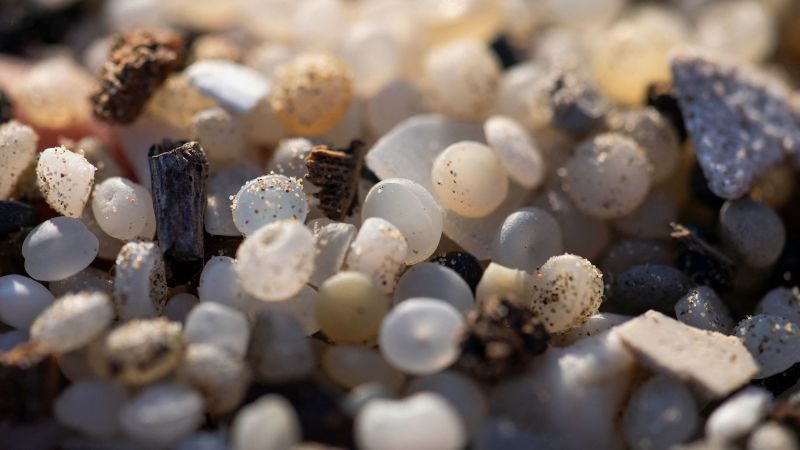Microplastics have emerged as an alarming environmental concern, infiltrating nearly every corner of the globe. Recent studies indicate that these tiny plastic particles can be found in some of the most remote places on Earth, including the peak of Mount Everest and the confines of the deepest oceanic trenches. Their presence has been detected not only in our waterways but also within bottled water, human breast milk, and even placentas. The pervasive nature of microplastics is particularly concerning as they contribute to the chokehold on wildlife, disrupt delicate ecosystems, and pose serious health risks to humans. Furthermore, their removal from the environment is notoriously challenging, exacerbating the pollution problem.
Fortunately, innovative solutions are on the horizon, thanks in part to researchers in China who have devised a biodegradable sponge composed of squid bones and cotton. This sponge leverages the natural compounds of chitin and cellulose—both known for their pollution-eliminating properties in wastewater—to create an effective tool in combating microplastic pollution. A research team based at Wuhan University conducted tests on the sponge using four different water samples: irrigation water, pond water, lake water, and seawater. Their findings were impressive, demonstrating that the sponge was capable of removing up to 99.9% of microplastics, as documented in a study which appeared in the journal Science Advances last month.
The urgency surrounding the issue of microplastics is palpable. The authors of the study underscored the pressing threat that these particles pose to our planet, particularly to aquatic ecosystems which are often the first to bear the brunt of such pollution. Despite various policies aimed at reducing plastic use, enhancing waste management, and fostering environmental recycling, the authors contend that microplastic pollution is both irreversible and rapidly escalating. Microplastics, classified as fragments smaller than 5 millimeters, originate from various sources. These include the fragmentation of tires into smaller particles and the microbeads that find their way into beauty products, such as high-scrubbing exfoliants.
Further emphasizing the gravity of the situation, research from 2020 estimated that approximately 14 million metric tons of microplastics currently reside on the ocean floor. The scientific community has recognized this issue as one of the defining environmental challenges of our generation, which resonates on an international scale. Plastic pollution has far-reaching consequences that extend beyond marine wildlife and health; there are growing concerns about the broader health implications of microplastics for humans as well.
The situation is projected to worsen as both plastic production and pollution rates are expected to soar in the forthcoming years. Even if a robust global initiative were launched to curb plastic consumption now, studies suggest that an estimated 710 million metric tons of plastic could still contribute to environmental pollution by 2040. This grim outlook further underlines the urgent need for effective measures to combat the presence of plastics in our oceans.
The sponge designed by the researchers in Wuhan is noteworthy for its dual-action capabilities. It not only physically captures microplastics but also utilizes electromagnetic attraction to enhance its absorption efficiency. Previous methods aimed at removing plastics have often been expensive and complex to manufacture, rendering them impractical for large-scale application. Researchers in Qingdao, China, had explored synthetic sponges made of starch and gelatin, but their effectiveness varied significantly based on the specific water conditions.
By using widely available and cost-effective materials—squid bones and cotton—the sponge developed at Wuhan presents a significant opportunity for extracting microplastics from complex aquatic environments. Shima Ziajahromi, an expert in microplastics at Griffith University in Australia, described the squid-cotton sponge method as “promising,” highlighting its potential to clean vital but vulnerable aquatic ecosystems.
Nevertheless, there are critical gaps in the research that need addressing. For instance, the study does not clarify whether the sponge can efficiently capture microplastics that have sunk to the sediment, which represent a large portion of microplastics in water bodies. Additionally, Ziajahromi emphasized the importance of discussing the proper disposal of the sponges post-use. While the sponge material is biodegradable, the microplastics absorbed must be managed carefully to prevent transferring contaminants from one ecosystem to another. Therefore, while advances like these sponge innovations offer hope, genuine progress in minimizing plastic pollution must remain a top priority for all.



